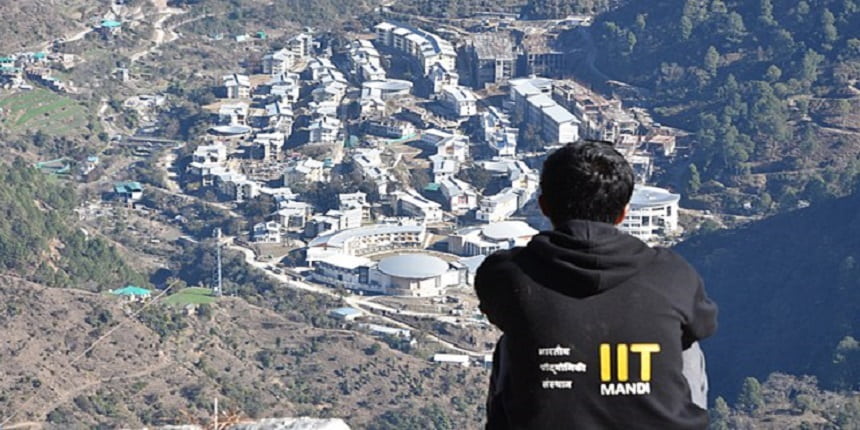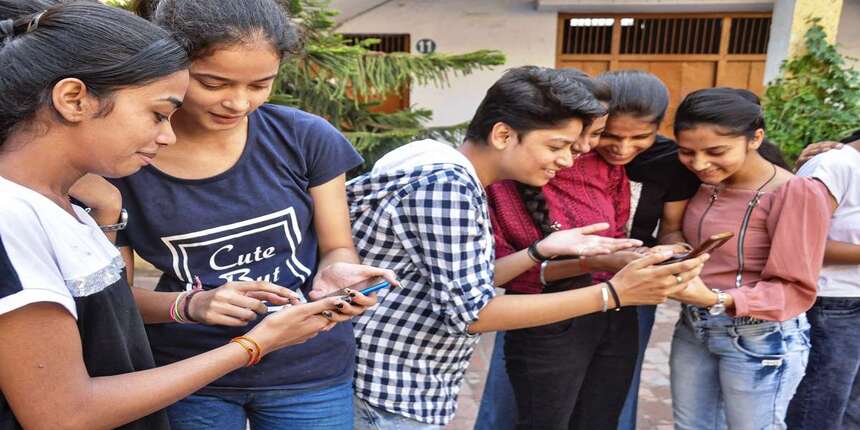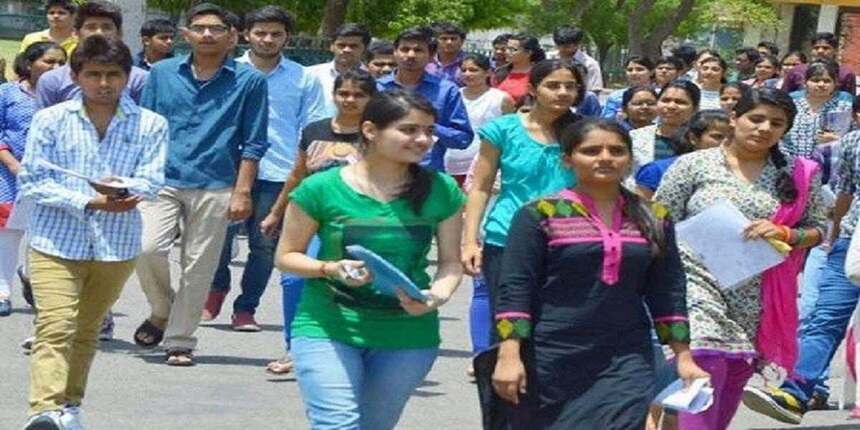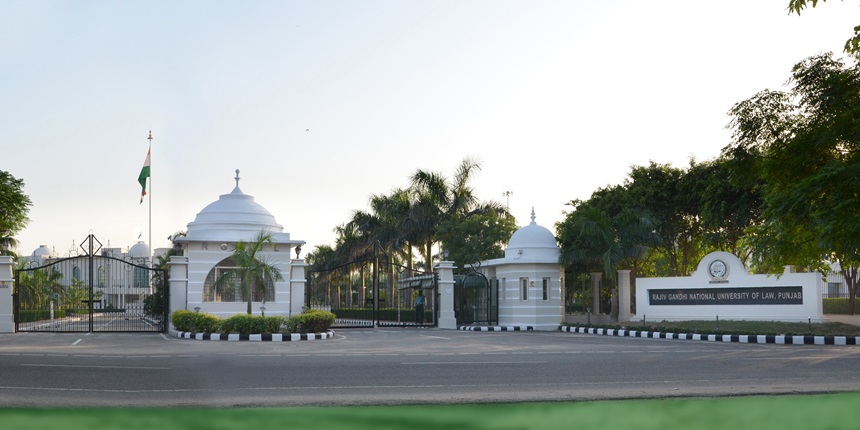Interim Budget 2024: Why we still talk about education needing 6% of GDP
The ‘6% of GDP’ target was set 60 years ago and never attained. Experts hope the centre will increase its budget, if only to implement NEP 2020.
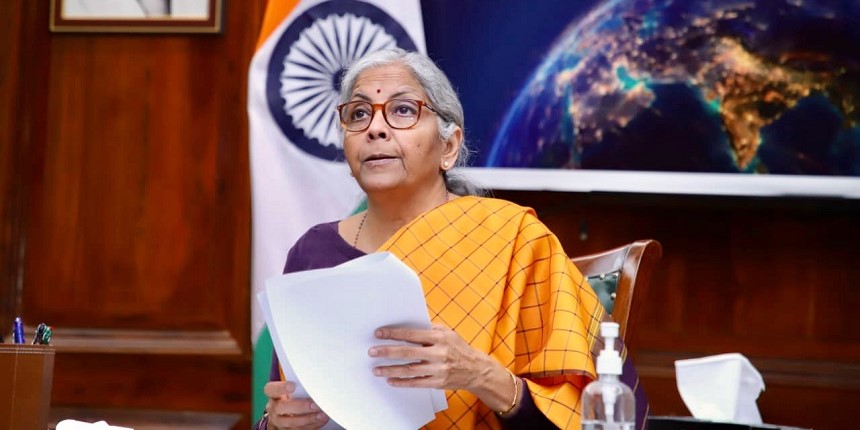 2024 will likely see an interim budget because of the upcoming general elections. (Image Source: PTI)
2024 will likely see an interim budget because of the upcoming general elections. (Image Source: PTI)Sheena Sachdeva | January 11, 2024 | 05:12 PM IST
NEW DELHI: With Interim Budget 2024 scheduled to be presented on February 1, the debate on the long-discussed 6% of Gross Domestic Product (GDP) allocation to the public education system has resurfaced into mainstream discussion. It stems from the recommendation of the Kothari Commission, chaired by DS Kothari, in 1964-66, which had said, “We should accord the highest priority to education and allocate the largest proportion of GNP (Gross National Product) to it”. Six decades later, that is still an unattained goal and a part of every debate on education funding.
The Kothari Commission arrived at 6% after a comparison of other countries, like the US, Japan and USSR (then Soviet Union, now Russia), that spent considerably more than 6% of the GNP on education. For the next 60 years, that figure has been stated before and after every India Budget announcement and before every Lok Sabha election. Even the National Education Policy 2020 says: “The Centre and the states will work together to increase the public investment in the education sector to reach 6% of GDP at the earliest.”
However, India has seen a sharp decline in allocation to the public education system over the years. Protiva Kundu, research and thematic lead – social sectors, Centre for Budget and Governance Accountability, said: “The share of the union government’s spending towards education, both school and higher education, has been consistently decreasing or stagnant over the past few years.” Currently, the centre is spending 4.41% of the GDP on education – one-fourth of it is coming from the union government and three-fourth from state governments, she added.
Anjela Taneja, public services and inequality policy and advocacy lead, Oxfam International, said: “Governments usually put their money where their priorities are and education is clearly not at the top of the political agenda – not this one nor the previous ones.”
But with the general elections scheduled for 2024 and parties luring voters through manifestos, will the debate on 6% allocation to education be still relevant?
Also read Over Rs 2,000 crore cut from 12 scholarship, fellowship schemes
6% of GDP: A history
The Kothari Commission had in 1964 recommended 6% of GNP (GDP and investment income from overseas) allocation to the public education system. NEP 2020, too, has kept 6% of GDP as one of its action points. Kundu stated, “After the Kothari Commission, the Tapas Majumdar committee in 1998-99 also similarly determined how much additional resources would be required, and suggested much more than what Kothari Commission had recommended, especially for school education. With changing patterns of population and enrolments, many committees have reiterated the importance of additional resources required to achieve universal school education.”
But 6% of GDP was fixed as a benchmark for the government to achieve. “The number 6% was found to be the optimal amount for investment in education which is a benchmark globally, not just in India,” added Taneja.
The committee felt if 6% is the target, there are chances that the government will strive to improve the public education system. Empirically, countries that spent more money on education have done well, said Subir Shukla, principal facilitator, Ignus ERG Education Resource Pvt Ltd.
Education Budget: ‘Rework the basis’
Shukla said many ideas are discussed and formulated from a policy and academic perspective that may sound very logical but when implemented, the “contingency of implementation” takes over and many things get left aside because of lack of awareness of how the system actually functions.
Avani Kapoor, senior fellow and lead, Accountability Initiative, Centre for Policy Research, thinks it’s important to redo the calculations. “There is a need to rework the basis,” she said, adding that focus should be put on the teaching-learning process rather than infrastructure. “Keeping that in mind, it’s worth assessing the needs again,” she added.
Kundu thinks that over time demands have changed. “Now, there is a demand for better infrastructure due to increased enrolments and services. Different needs, such as digitalisation of education, have also come to the fore. Under-allocation over the years has caused a cumulative need for more resources, she added.
She also pointed out that there is dire need of good training institutes. “Especially, both in school and higher education, there is a huge shortage of qualified teachers with good training. This is due to the lack of a good District Institute of Education and Training (DIETS). So, when talking about allocation to the public education system, I don’t think even 6% would be adequate,” she said.
Funding challenges
“We need to take ground realities into account. For instance, about 70% of teachers in public schools teach more than one grade at one time and the curriculum is made for monograde students. Hence, the way we think and our formats don’t match the ground realities. That is why the government can’t deliver,” said Shukla.
Also read NITI Aayog suggests school mergers, teacher recruitment to transform education system
He also pointed out that even the funds that are released are not used effectively.
“Often funds are released late and states fail to deliver,” he explained. “As a result, some of the funds granted the previous year remain unused and hence the disbursing authority is not able to disburse more. People don’t have enough time or resources to actually spend the money they get. We can’t properly utilise the 4% that we get currently. How will we use 6%?”
Education cess, taxing private schools
Anil Swarup, former secretary of the department of school education and literacy, rejected the entire debate. He suggests that rather than discussing the 6% allocation issue, we should question how and from where the money to fund public education actually comes. He explained, “The idea of a 2% cess on education was planned over and above the budget allocation so that it could be used as additional funds. But the government’s using it as part of the budget is defeating the whole purpose of why the cess was introduced in the first place. And every government keeps on repeating this.”
“The idea of a 2% cess on education was planned over and above the budget allocation so that it could be used as additional funds. But the government’s using it as part of the budget is defeating the whole purpose of why the cess was introduced in the first place. And every government keeps on repeating this,” explained Swarup.
He further emphasised the need to innovate methods of collecting funds. Swarup said: “Ways like allowing the private sector to make profit and taxing them could be one of the ways. This money can be used to fund government schools and institutes.”
But Kundu argues that before innovation, there must be a level-playing field.
“About 60%-70% of children in India are dependent on government schools, especially at secondary level onwards. So before talking about innovation, there is a need to discuss basic infrastructure, including teachers who are key to good output. Even in higher education inequity has increased overtime because of the cost of education and very few children are completing their higher education. More than 30% of youth are without education then what are we investing on,” she said.
Interim Budget 2024
Although 2024 will likely see an interim budget because of the upcoming general elections, the central government had presented a full one before the 2019 elections. “But I don’t think there will be some very drastic changes [in case there is a full budget],” said Kundu. “I think it will be an implementation budget that has been allocated over time. There could be redistribution of resources for some of the interventions within different sectors of education like online education, early childhood care, foundational literacy, higher education and national research foundation.”
Kapoor added that the government’s focus is likely to be on some of the government's key flagship schemes such as housing, Jal Jeevan Mission etc. “A look at past data shows that the government has prioritised water, sanitation, housing and other entitlements over education. Even last year, the allocations for Samagra Shiksha Abhiyan were just a little higher than in the 2019-20 pre-pandemic,” she said.
Taneja, though optimistic, said, “One can hope there can be increased investment, a gradual move towards the promised allocation in NEP. Apart from international obligations, the government has been very proud of this programme. So, we can hope they may make the necessary financial allocations to realise the vision of NEP.”
Follow us for the latest education news on colleges and universities, admission, courses, exams, research, education policies, study abroad and more..
To get in touch, write to us at news@careers360.com.
